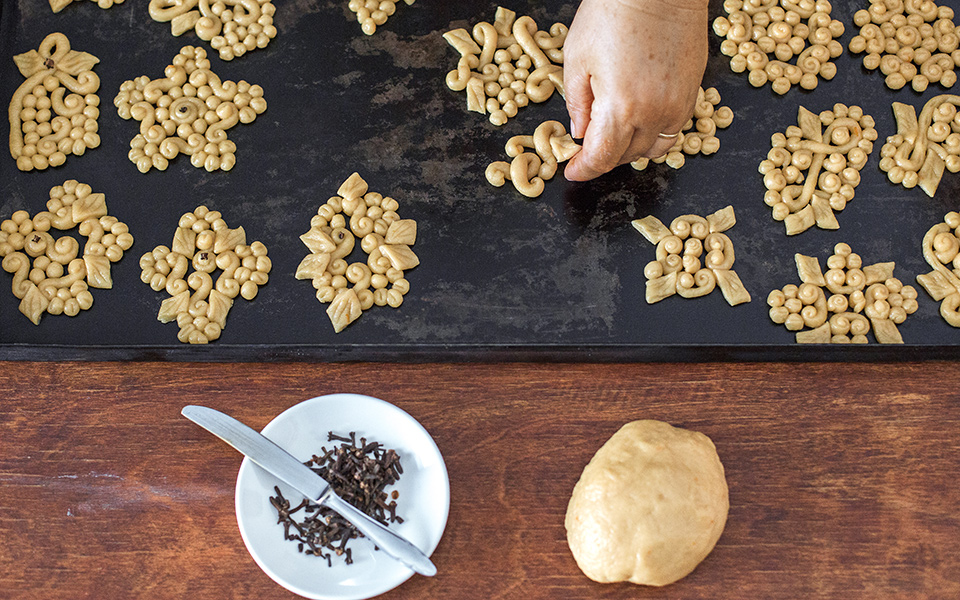Hora, the island’s only village – referred to as “the Horio” by locals – has a population of no more than 400 residents, the majority of whom are based around a small Venetian castle. The island is known by various names, usually variations of the word Kimolos, but it also goes by the nicknames Argentierra (meaning silver, which reflects its rich mineral wealth) and Ehinoussa, derived from the word ahinos, the Greek word for sea urchin – found in abundance in Kimolos’ crystal blue waters.
The island’s terrain is barren and rocky. Yet locals have managed to develop a number of small, family-maintained vegetable patches. Pirates often looted the island in the past, while Ottomans and Venetians occupied it, influencing its agricultural produce. As a result, the island’s cuisine is sprinkled with the culinary habits of different conquerors – but remains largely untouched and potently local at its core. The Cycladic culinary tradition, designed to feed large families in the leanest and most efficient ways, remains a powerful cultural force.
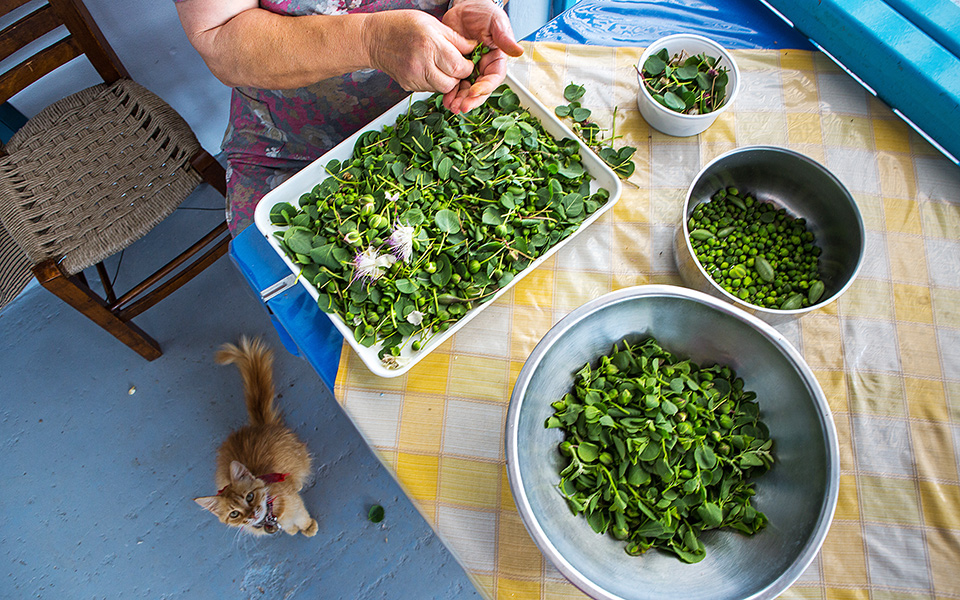
© Christina Georgiadou
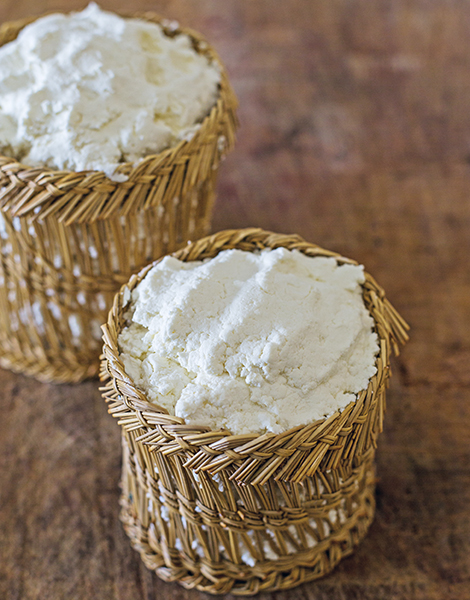
© Christina Georgiadou
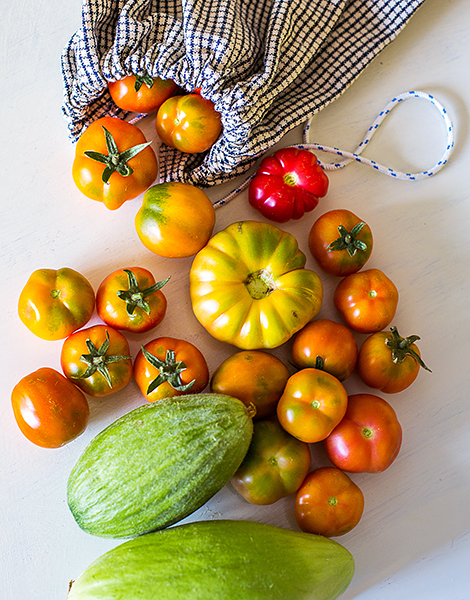
© Christina Georgiadou
AND A COUPLE OF SIDE (MEZE) DISHES
Pizza-like ladenia
Use one piece of yeasted dough from your local bakery, rolled out into a thick filo pastry. Top with finely chopped and seeded fresh tomatoes, dry onion slices, afrina (fleur de sel), pepper and olive oil. Bake in oven at medium heat until ready. Enjoy with a piece of gylomeni (wine-sediment treated) manoura cheese.
Meze dishes with tomato paste (pelte)
In a deep bowl, mix 2 tablespoons of Kimolos tomato paste (or double-concentrated paste of any brand), 4 tablespoons of extra virgin olive oil, and 1 finely chopped onion. Slice bread and enjoy together.
Armenian cucumber (xylaggouro), caper,
and tomatoes
Using curly Kimolos tomatoes and cherry tomatoes (pomontoria), locals prepare sun-dried tomatoes and armyro – a highly concentrated tomato paste. One spoon is enough for an entire cooking pot. String beans (abelofasoula) grow in abundance, while black-eyed peas (mavromatika, also known as papoudia) – popular among locals – continue to be produced on the island, but in smaller numbers.
The rige, a bloated version of the Armenian cucumber (xylaggouro) – primarily used for salads, along with local delicious caper and olive oil – is the island’s star agricultural product. It is even used to make a syrupy sweet, often offered with coffee or as a dessert.
Xaplovouni, the mountain on which the town is built, is filled with prickly pears (fragosyka). Locals do not have much use for these apart from making marmalades.
Xino and manoura cheese
“Sheep and goats produce milk ten months a year here,” local livestock farmer Antonis Antivahis declares with pride. And Kimolos cheese products are even fattier during the winter, when sheep’s milk dominates the island’s dairy output. Xino, a local rich and very creamy cheese, is widely used, especially for salads. As noted above, myzithra cheese is used for melopita cakes with honey. Fresh manoura cheese is used for cheese pies (tyrenies). Gylomeni manoura cheese, an aged and spicy kind, smeared with wine sediment, is a local delicacy.
Kimolos islanders eat goat for meat, as well as roosters, hares and partridges. They raise enough cattle to meet local demand. Meat, cheese and other products may be found at Samblos, Avgoustis and other butchers shops in the town.
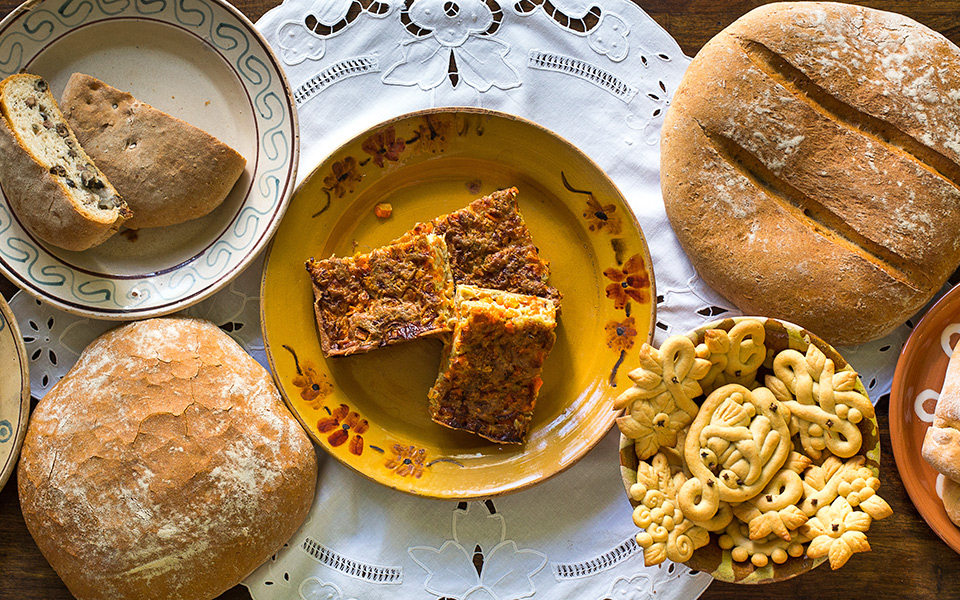
© Christina Georgiadou
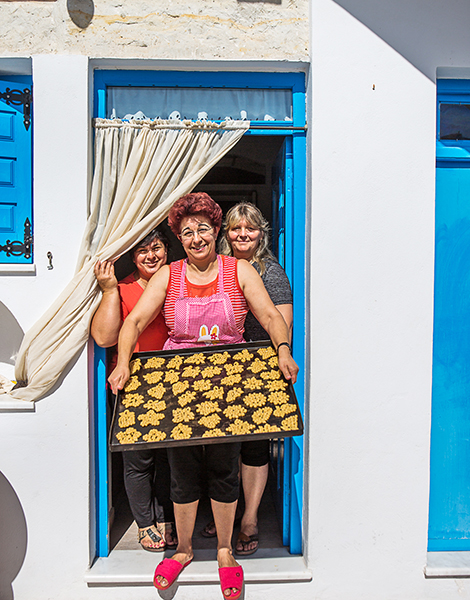
© Christina Georgiadou
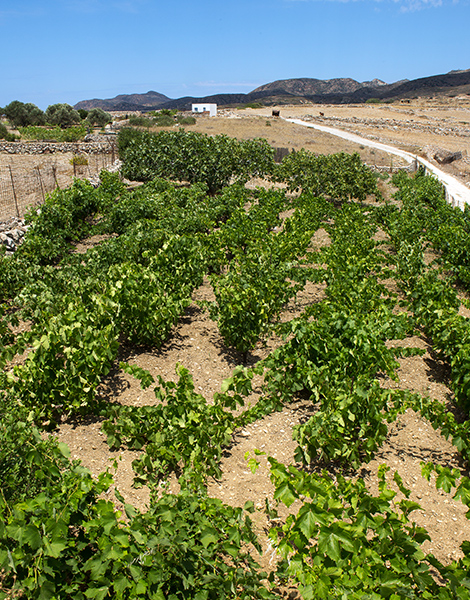
© Christina Georgiadou
Kneading tradition
They sure know how to knead dough on the island. Locals use dough to make pasta variations such as arando, trahana (which looks a bit like lumpy bulgur), and tagliatelle-like koulouridi. They also make yeast bread, pies and pastries. Everything has its own special scent. The island’s yeast rusks carry a rich skinokokko aroma – similar to mastiha (natural tree resin), and pink pepper. A pinch of cinnamon is added to the local melopita cakes, made with honey and local myzithra cheese.
Weddings buns as necklaces
On Kimolos, nature competes against man in creativity. The sea and the wind together form works of art, by slowly chipping away at the multi-colored rocks, while dexterous women use dough to bake ornately-shaped rounded biscuits. Wedding buns take time and patience to make. Hand-crafted, one by one – like small jewelry pieces – using dough, eggs, sugar, butter and orange zest, these buns are offered to wedding guests, along with sesame seed bars. This combined gift is known as the kaniski. Certain wedding buns are made with small loops so that they may be threaded and transformed into a necklace to decorate the bride.
Melopita, honey-and-myzithra cheese cakes, are the most popular sweet on Kimolos. Local resident Sofia Paraskevaidou makes an exquisite version based on her mother-in-law’s recipe, which itself comes from a more distant generation. It is made in a baking pan with a mix of eggs, unsalted myzithra cheese, and flower honey. Once cooled, it acquires a texture reminiscent of the cheesecake. It is then cut in pieces, sprinkled with cinnamon, and served.

